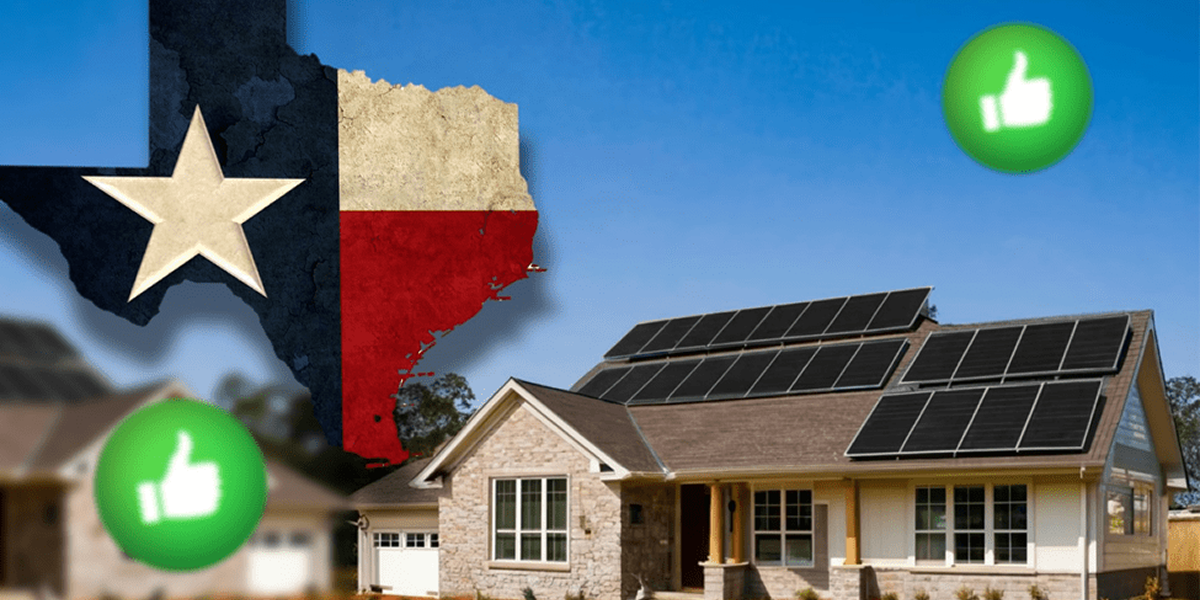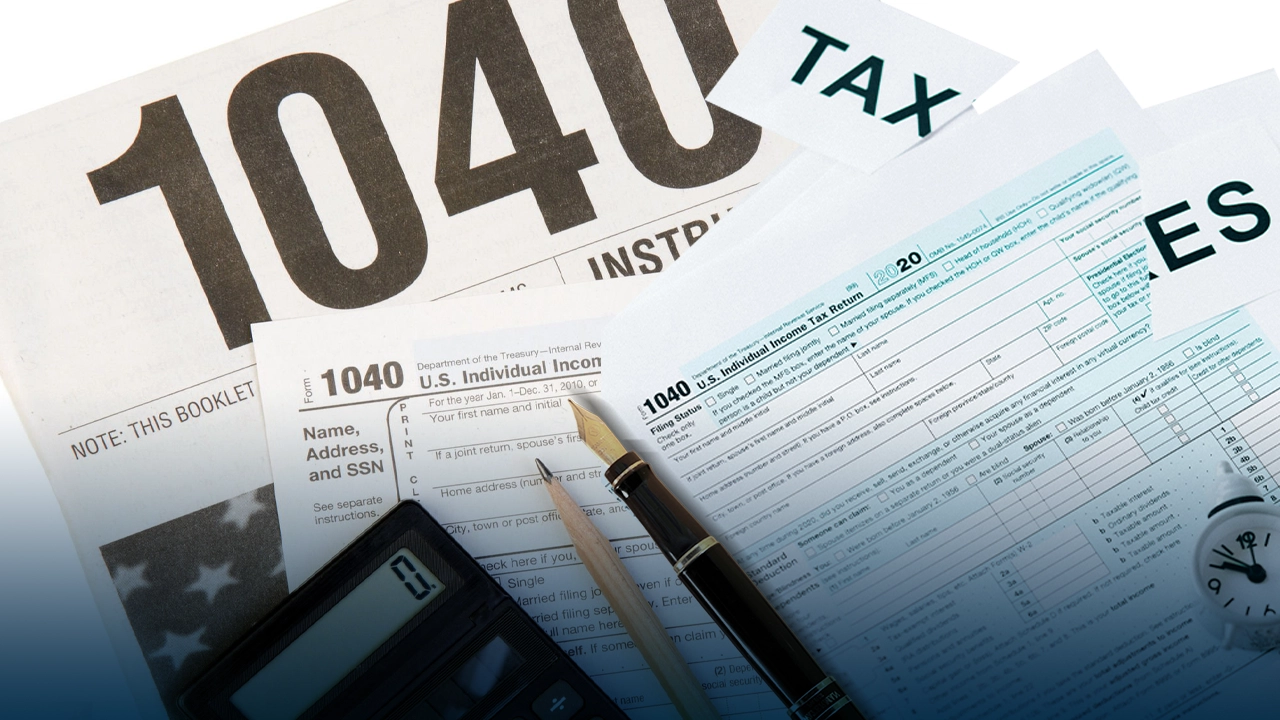- Updated On: August 09, 2025
Solar Installation Cost in Texas: What You Should Expect in 2025?
Texas is the second-most populated state in the country, with a population of 29 million. It is also among the best solar states in the U.S., with about 300 sunny days each year. As electricity demand surges and the aging grid struggles to keep up, Texans turn to solar as an economic and practical solution. The cost of solar in Texas concerns every potential solar seeker. It depends on system size, equipment choices, labor, and local incentives or rebates available across the state. The expiration of the federal solar tax credit on December 31, 2025, is another key factor. It will directly affect solar installation costs and savings in Texas. The state also has two types of electricity markets, making solar economics here different from most of the country.
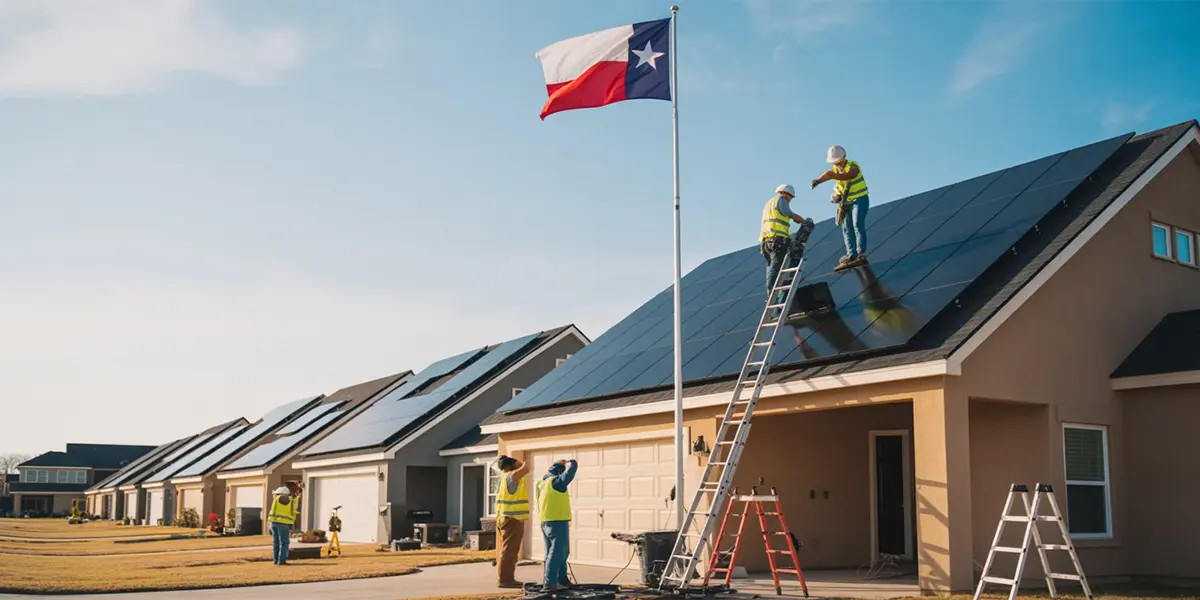
For your convenience, we will break down all the factors contributing to solar installation cost in Texas. Also, we will explore the best solar programs in TX to help you save more with your solar investment. Moreover, this article will help you analyze why solar is worth it in Texas.
How much do solar panels cost in Texas in 2025?
A typical home requires a 13-15kW solar panel system in Texas to cover its electricity needs. The upfront cost of the solar panel system will depend on the system size, solar panel brand, equipment, local solar incentives, etc.

For instance, if you install solar panels in Texas before December 2025, you will get a 30% tax credit that will significantly lower your upfront expenses. Furthermore, local utilities offer solar buyback plans in TX and net metering programs, leading to a shorter payback period. But, if you go solar in 2026, you may need to pay a comparatively high installation cost as the federal solar tax credit is expiring in 2025. However, as the electricity costs are expected to boom in the future, it is still worth switching to solar in Texas.
How much can you save on your electric bills by going solar in Texas?
On average, Texas residents spend about $230 per month on electricity. That adds up to $2,760 per year. Over the next 25 years, you should expect to pay $93,100 on electric bills in Texas. Installing solar panels will help you reduce your electricity bills by up to 95%. However, the amount of money you can save in Texas with solar depends on two things: how much you are spending now on power and how much solar can offset from your electric bill. Also, even if you do not have enough cash to buy a solar energy system, solar financing options are available and you can still save on your electricity cost in Texas from the very first year.
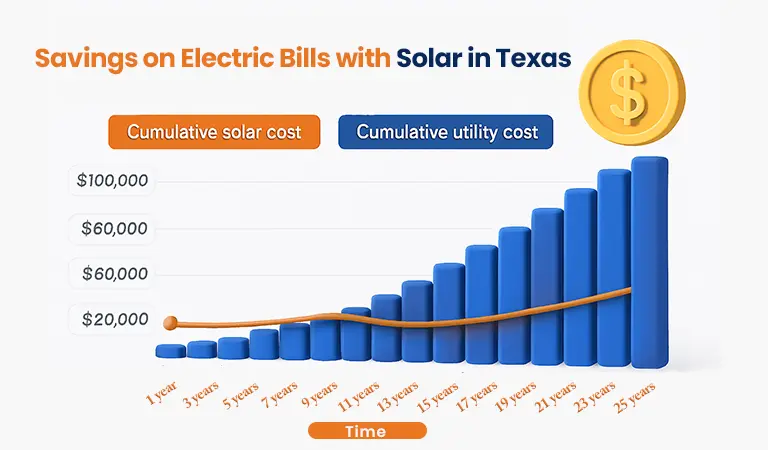
What are the best solar incentives in Texas?
You may significantly increase your return on investment in solar panels by taking advantage of some great solar incentives available in Texas. Below are the two most efficient ways to reduce your solar installation cost and payback period:
Residential Clean Energy Credit/Federal Tax Credit
A 30% cost reduction on your solar panel installation is possible with the Residential Clean Energy Credit, also known as the Federal Investment Tax Credit (ITC). Your complete solar system, including permits, sales tax, and equipment, is eligible for this incentive. For example, if the average cost for a 5-kW solar panel system is around $10,552 in Texas, it comes down to $7,386 after a 30% tax credit. But, to get federal tax credit, it is essential to own the system, either cash or a loan. If you are leasing solar, you will not be eligible to get the 30% ITC. However, this credit will no longer be available after December 31, 2025. So, your installation must be completed before the deadline to acquire this incentive.
Local Rebates in Texas
You can shorten your solar payback period and cover your solar installation cost in TX with the state local rebates, including: .
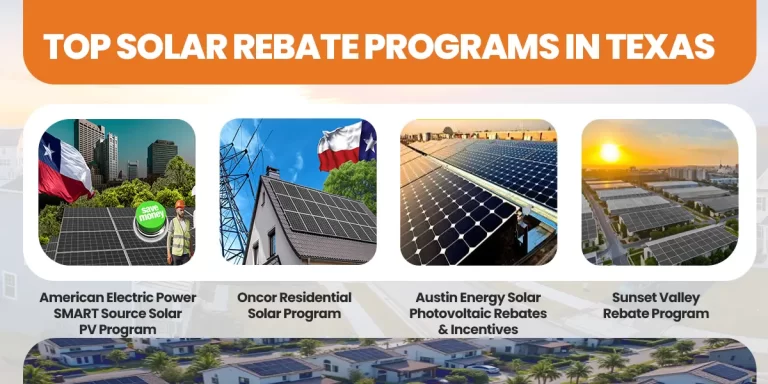
- American Electric Power SMART Source Solar PV Program: You can earn a rebate of %1500-$3000 based on your solar panel system size with the AEP Texas solar program.
- Oncor Residential Solar Program: You can be eligible for a rebate in Texas with Oncor Delivery if your solar panel system has a battery and is between 3 and 15 kW. The solar panels and inverter you select, the system’s location, shading, and other elements all affect how much you will get.
- Sunset Valley Rebate Program: If your system costs $6/kW or less, you can earn an extra $1/W up to $3,000 if you live in the City of Sunset Valley and are eligible for the Austin Energy solar rebate.
Is net metering available in Texas?
You can receive credits for the excess energy your solar panel system generates and sends back into the grid through the net metering program. In Texas, some utilities offer solar buyback plans to their customers. However, each utility may have its own rules. Like, there are utility companies that will buy your electricity at the wholesale rate, which is far less than the retail rate. Some will pay a fixed amount. Also, you can’t roll over credits from one month to the next or from one year to the next with some utilities. If you want to maximize your solar savings, it is essential to choose the best solar buyback plans in Texas.
Are solar panels worth it in Texas?
Solar installation in Texas is the best investment for your home or business if you want to save yourself from future electric price hikes, frequent long power outages, and high utility rates. Many great solar incentives and rebates are also available in the state to minimize your upfront expenses. If you still cannot afford to buy a solar energy system, you can use solar energy and pocket savings with the solar leasing option. You do not need to pay any upfront cost, and the PPA company will install a system at your place. However, in this case, you will only be able to use solar power, but will not be eligible for the solar incentive programs.
Choosing a local solar installer can make a difference in your solar installation cost savings as he understands all the available perks specifically available in your area. Solar SME is a trusted Texas based solar installer helping homes and businesses to switch to solar affordably. Hurry! Only 3 months left for 30% FTC expiry. Get a FREE Quote and book your installation with us to lock in savings.
Related Articles:
With Texas buyback plans, you can sell excess solar energy to the grid and reduce your electricity bills by earning credits or money. However, It is essential to compare and understand each plan and choose the best. Explore the best solar buyback plans in Texas!
Solar energy is becoming popular across the U.S. as homeowners and businesses seek ways to lower their energy costs and reduce grid resilience.
The “Federal Solar Tax Credit” is one of the most valuable federal incentives that helps you to cut your PV system cost by 30%. However, it is only available till December 31, 2025. So, now is the best time to switch solar with low installation cost. Explore more!

